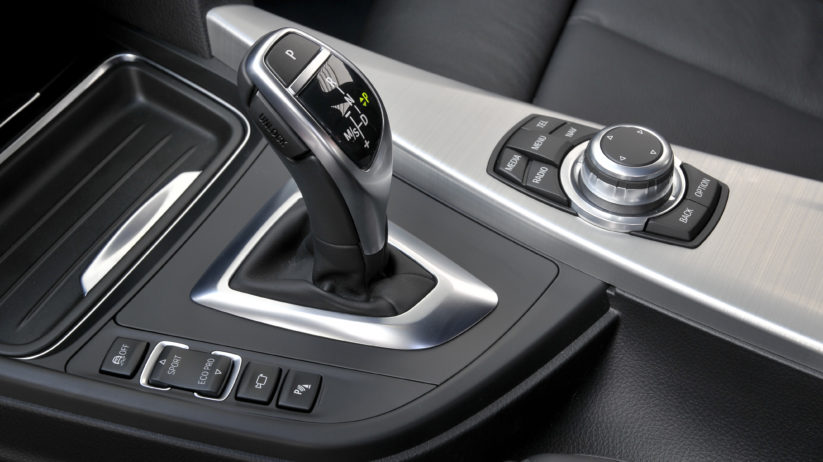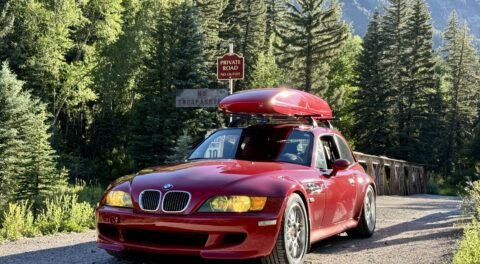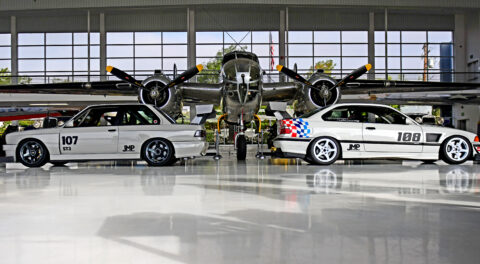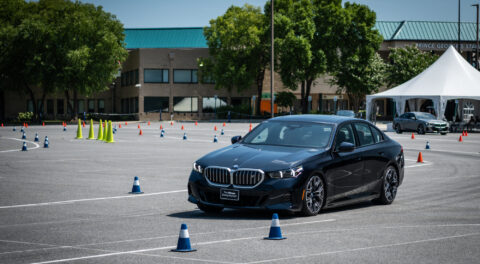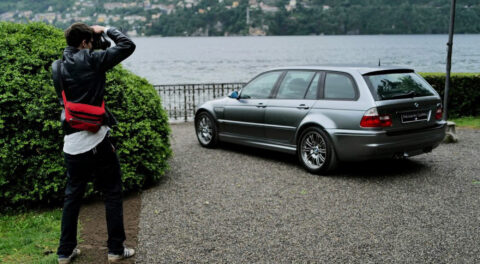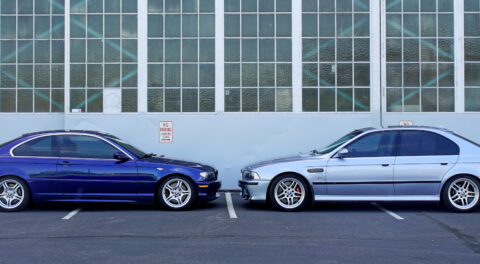Few inventions have confounded and confused the automotive enthusiast as much as the original “sport” button and its plethora of successors. The promise has always been enticing: You get a vehicle that starts as a capable, yet still comfortable, commuter car; then, at the push of a button, it is transformed into a track-eating machine with lightning-quick reflexes, super-sharp throttle response, and barely an inch of roll.
The reality has mostly proven mixed: a combination of limited impact, user annoyance, and a general feeling of compromise.
Suspension setup, an activity inherently built around compromise, has taken the biggest blow. With adjustable suspensions, that little button can hide all sorts of shortcuts and design decisions that lead to an unpolished ride. And even when the bulk of development centers around one mode (take your pick: comfort, road, sport, sport-plus, track, race, and so on), time still has to be spent coding and dialing in the other umpteen modes.
The whole problem gets exponentially worse when the crew also starts messing with steering weight (I hesitate to call it “feel” in these cases), shift patterns (primarily in automatics, although even in some manuals now, with changes to the automatic rev-matching), traction-control systems, and even exhaust noise.
How much better would the standard settings be if the team just focused on making the best of one single setup?
Aside from a few rare exceptions, the best case is managing to get one mode or combination of settings be just right (assuming that the driver can actually figure out that combination). The far greater sin occurs when no single mode provides all of the elements that we all know could be there, had they not been hampered by an abbreviated development, and hindered by the need to configure the numerous other settings and permutations.
My previous daily driver was not burdened with a multi-mode selection button. And not once did I yearn for the ability to adjust, well, anything. The car knew what it wanted to be, and it executed on it quite smartly. Not that it was the greatest thing I ever drove, but it performed consistently and with purpose.
On the other hand, Hailey, my current 328xi GT workhorse—cars get that title when you’re putting on 2,000-plus miles a month—feels very well-judged in the standard Comfort setting. In contrast, I have yet to determine what benefit Sport mode gets me, other than steering that is far too fidgety and an abnormal weight to the wheel that is rather perplexing in its attempt to “add feel.” Yes, I could link the more aggressive transmission mode with the sportier setting to initiate a larger change, but I can also just move the shift lever to the left for the same effect without any of the other steering and suspension baggage that comes with it. Or I can just shift manually via the steering-wheel-mounted paddles.
Perhaps the most convincing optional mode setting is, of all things, Eco Pro. There is a tangible fuel-economy benefit while driving in an urban area, although I have not seen much of a bump during my latest highway drives; it just feels like very little gain in exchange for the added risk of getting into an incident after the purposely restricted throttle response causes an issue. Personally, I prefer my vehicles to respond somewhat predictably regardless of the situation. Eco Pro makes far too many changes, and certainly don’t intend to drive in that mode all of the time.
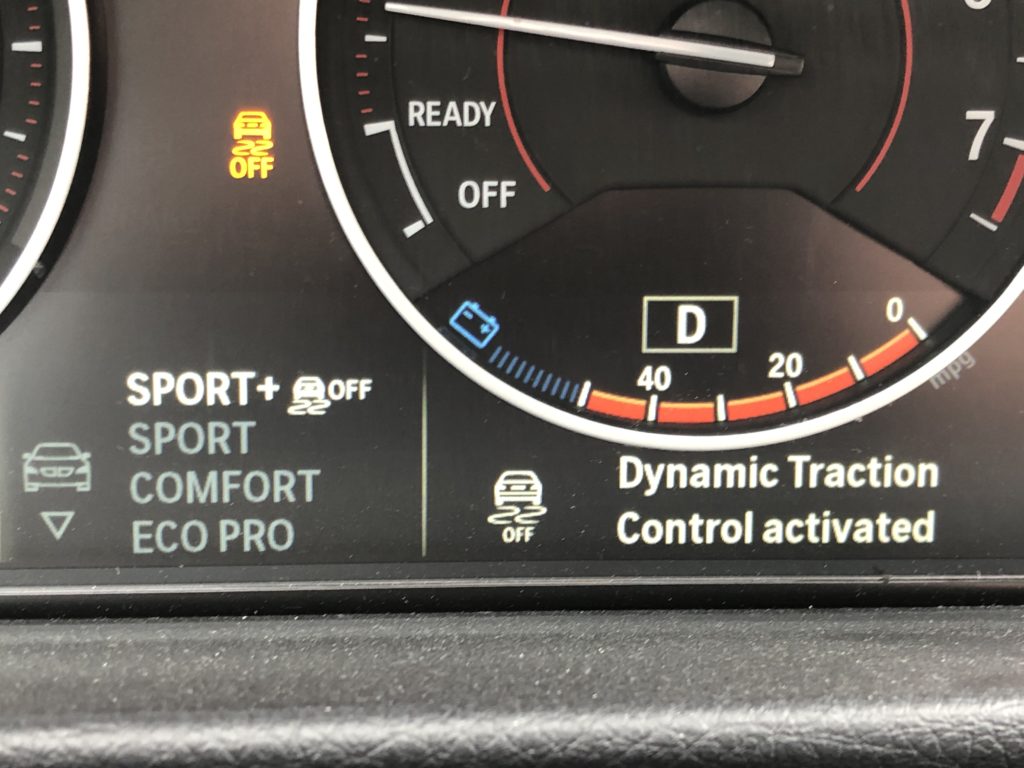
There must have been a better use of development time than creating four separate driving modes.
Despite having a pair of fully configurable shortcut buttons on the steering wheel, even the BMW M cars aren’t immune to having too many modes and settings. The last few M cars I’ve driven were pretty much all great in the standard Sport setting across the board, mainly because that’s what they were designed for from the start. If I were purchasing a new M5, I would happily have a less cluttered steering wheel without those bright red buttons; just give me the best overall setup that you can muster and let me drive.
Perhaps I’m being a tad too harsh; in something like a Ferrari, all of those adjustments may finally make sense. The more recent models from the Prancing Horse even let the driver dial in the precise amount of slip they want—you know, when they decide to drift their quarter-million-dollar automobile around a track. In that case, maybe a smidgen extra speed in the steering and a slightly more precise throttle pedal are worth it for the additional “don’t wreck my supercar” factor.
Interestingly, the new Porsche Cayman GT4 omits the ubiquitous mode-selection smorgasbord in lieu of, well, nothing. Kudos to Porsche for simplifying the experience and releasing the driver from the burden of figuring out optimal suspension, throttle response, and everything-else settings. I can just imagine the GT4 product team sitting around, when someone asks rather stoically, “Do we really need to waste precious development time on those other modes? I mean, we’ve got this, right?” Of course, it would be in German, but the point still stands: Why offer all those configuration options when the primary design is practically flawless? And, no, I have not driven the new GT4, but I can only imagine that it possesses amazing steering and a chassis of pure greatness, especially if it’s somehow better than the first go-around, which was already knocking on perfection’s door.
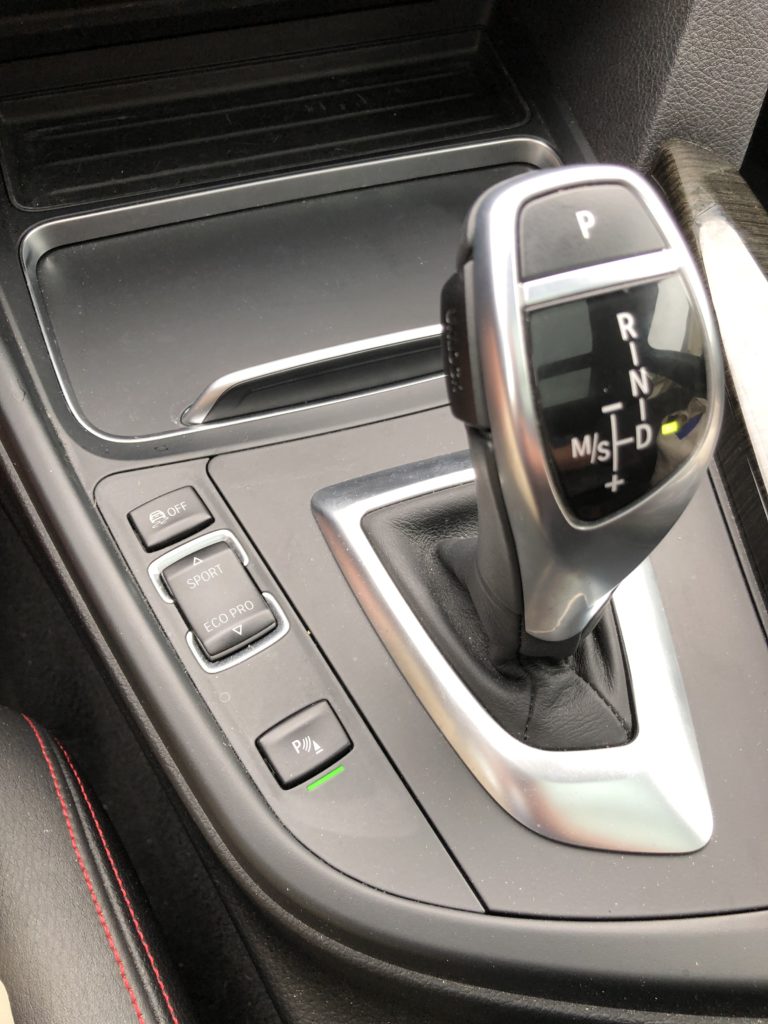
Ubiquitous mode buttons accompany the shift lever.

In my E36 3 Series there are lots of switches to control the windows, but there are no mode buttons to be seen.
My old trusty old E36 328i, Cassie, with its aftermarket suspension and various upgrades, has some wonderful steering as well. And even if the steering rack could be a bit faster, she really knows what she wants to be, and do—and she does it with aplomb. I finally got her out of the garage and cleaned up—she was filthy from hanging out way too long in confinement—getting ready to take pictures for the sales ads. (For reference, I committed to selling Cassie several months ago, but I have made no real attempts to post an ad, let alone entertain any offers. Am I procrastinating? You bet I am.)
While driving around to free up space in the gas tank before getting some fresh fuel, that sublime suspension setup hooked me yet again. I ended up driving for way longer than intended, enjoying every minute of it.
You know what I didn’t do, because the option doesn’t exist and doesn’t need to in that car? Hit the sport button.—Chris Doersen
[Photos courtesy BMW AG, Chris Doersen.]

